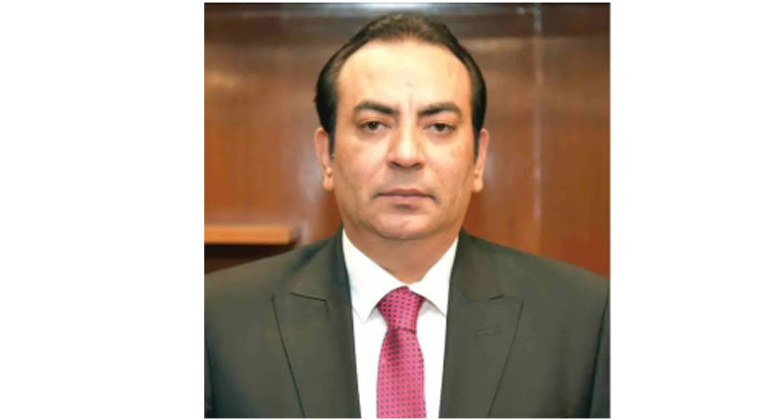
Industry Disappointed at Status Quo in Monetary policy Atif Ikram Sheikh, President FPCCI
Karachi: Mr. Atif Ikram Sheikh, President FPCCI, has apprised that the business, industry and
trade community of Pakistan is disappointed with the monetary policy as it continues to be based
on a heavy premium vis-à-vis Consumer Price Index (CPI) and the State Bank of Pakistan (SBP)
has maintained status quo in the policy rate in its Monday meeting.
Mr. Atif Ikram Sheikh highlighted that the CPI, as per government’s own statistics, stood at 3.50
percent in May 2025; but, the policy rate continues to be 11.0 percent as of today – which
reflects a premium of 750 basis points (bps) as compared to inflation and it makes no economic
sense, he added.
Mr. Atif Ikram Sheikh continued that, after deliberations from the apex trade and industry
platform with all industries and sectors, FPCCI had demanded a single-stroke rate cut of 400
basis points during the Monday’s monetary policy committee (MPC) meeting to rationalize the
key policy rate; and, align it to the vision of special investment facilitation council (SIFC) – and,
the Prime Minister’s vision for industrial development, import substitution and export growth.
FPCCI Chief noted that the CPI is expected to be in the range of 2 – 4 percent for the months of
June – July 2025 as trade, industry and economists’ expectations. Therefore, he had demanded,
key policy rate should have been brought down to 7 percent with the proposed reduction of 400
bps in today’s monetary policy decision.
Mr. Sheikh reiterated the apex body’s stance that cost of doing business; ease of doing business
and access to finance in Pakistan is at the lowest as compared to all its competitors in the export
markets. Fortunately, the decisive downward trend in inflationary pressures has been continuing
for the past many months; and, the only viable solution to get back on economic growth
trajectory is to support industry and exports, he added.
Mr. Saquib Fayyaz Magoon, SVP FPCCI, proposed that the interest rate should come down to
single digits immediately to enable Pakistani exporters to some extent to compete in the regional
and international export markets through reducing the cost of capital in a meaningful way.
